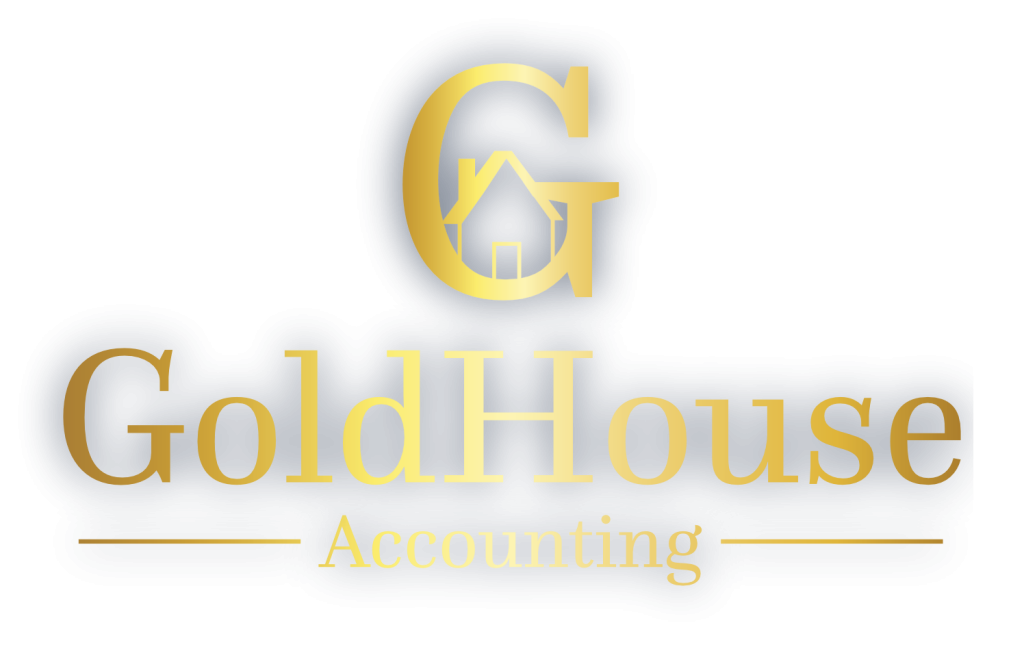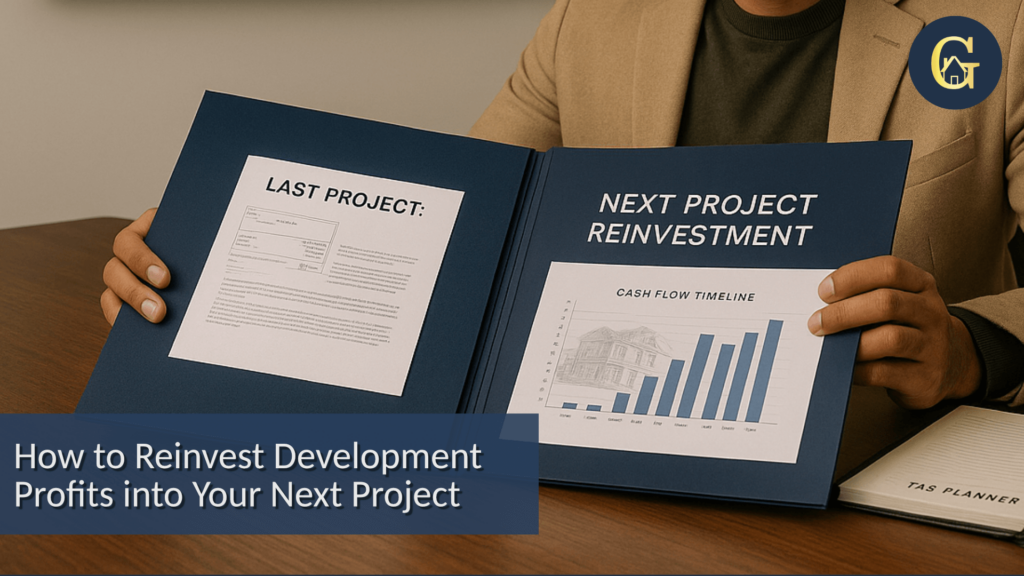You’ve just exited a development project, and the numbers look good. But before you celebrate, here’s a question worth asking: how are you going to reinvest those profits, without giving away more than you need to in tax?
For developers with big ambitions, every percentage point saved can fund your next site, boost long-term wealth, or create generational opportunity. Whether you’re planning a quick turnaround or mapping out a multi-year portfolio strategy, reinvesting efficiently means your money keeps working, while your tax bill stays under control.
Don’t Let Your Profits Sit Idle
When profits land in your company account post-exit, they’re vulnerable:
- To corporation tax (unless reinvested strategically)
- To leakage if withdrawn personally
- To wasted opportunity if not allocated toward the next deal
The worst move you can make is no move at all. Every pound sitting idle is a missed opportunity to fund your next GDV. Reinvestment, when done correctly, can protect capital and accelerate your momentum.
Holding Companies and Group Structures for Reinvestment
If your profits are stuck inside your trading company, you’re limited in how you can move them. That’s why many developers set up a holding company structure early on.
Why?
- Profits from your development company can be passed up to the holding company tax-free (via intra-group dividends)
- From there, your holding company can reinvest into new SPVs or subsidiaries
- This protects each project legally and financially, while allowing seamless profit flow
Setting this up early, even before your first exit, is one of the most strategic moves a growing developer can make. At GoldHouse, we help you do it with clarity and compliance.
Deferring Tax Through Reinvestment Vehicles
Need time to plan your next step? You don’t always have to pay tax on profits right now.
With the right strategy, you can:
- Delay tax through reinvestment into EIS/SEIS-eligible companies (with careful risk assessment)
- Roll profits into business assets for potential capital allowances
- Use reinvestment to fund future schemes via SSAS pensions or group financing
It’s about timing your tax obligations to match your growth path, so your money can move freely when opportunities arise.
Selling or Closing Your Company Strategically
Not every reinvestment plan needs to happen within the same company structure. In some cases, it might be more efficient to sell or close the business and restart with a clean, tax-optimised foundation.
Options include:
- Business Asset Disposal Relief(formerly Entrepreneurs’ Relief): If you sell your shares or close the company, you may qualify for Capital Gains Tax relief on qualifying profits (up to a £1 million lifetime limit), significantly reducing your exit tax bill.
- It was 10% until and including 5th April 2025
- It is 14% from 6th April 2025
- It is proposed to increase to 18% from April 2026
- The lifetime limit remains £1 million per person
- Substantial share redemption: Rather than a full business sale, you can redeem shares and recycle the capital into a new company or structure, often used by developers planning multiple ventures over time.
These strategies require careful timing, qualifying conditions, and legal support, but they can offer a clean and powerful way to reset, reinvest, and grow again with reduced tax friction. To read more about Business Asset Disposal Relief, click here.
Using SSAS or Commercial Assets to Grow Wealth
One of the most powerful reinvestment tools? A SSAS pension.
If you’re a developer-director, you can:
- Contribute profits into your SSAS (up to allowable limits)
- Use the pension to buy commercial property, fund loans to your business or invest in land
- Shield that capital from corporation tax, dividend tax and income tax
A SSAS isn’t for everyone, but for those building a development-led legacy, it creates incredible leverage.
You can also reinvest profits into commercial property held personally or via a pension, earning rental income and long-term capital growth while retaining control over assets.
Planning Cash Flow Across Projects
Reinvestment isn’t just about tax, it’s about timing.
When planning your next project, ask:
- Do I need cash available for deposits or planning?
- Can I reuse funds across multiple SPVs?
- What’s the timeline for refinance, sale, or equity drawdown?
At GoldHouse, we map out a 12–36 month reinvestment strategy so you don’t get caught short, stuck between exits, or taxed prematurely.
Avoiding Tax Leaks Between Developments
The biggest mistake we see? Letting profits flow inefficiently between companies or personal accounts.
This can trigger:
- Double taxation
- Unnecessary income tax on early withdrawals
- Loss of group relief or VAT reclaims
Instead, we set up your entities, accounts, and reinvestment processes to keep tax low, paperwork smooth, and decisions proactive, so you’re always one step ahead.
Strategic Reinvestment = Sustainable Growth
When your profits are reinvested wisely, you’re not just funding your next deal, you’re funding your freedom. GoldHouse helps you structure your growth with strategy, protect your capital with foresight, and maximise every project with less stress and more clarity.
Book a discovery call today to explore how we can support your reinvestment strategy and help you build long-term, tax-efficient wealth.




